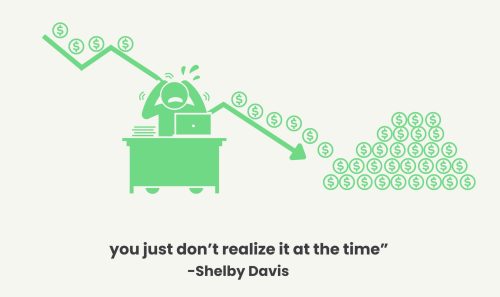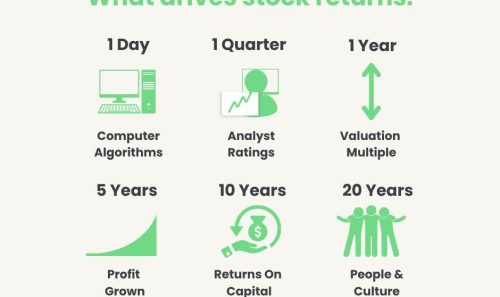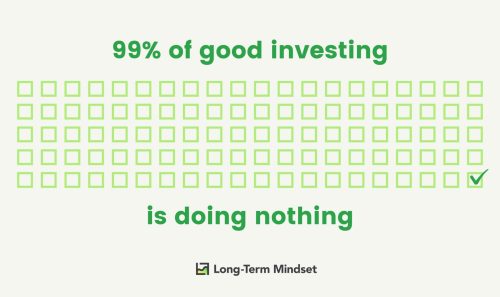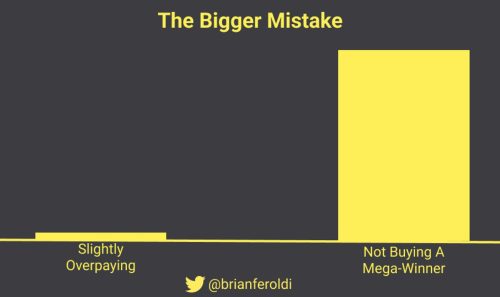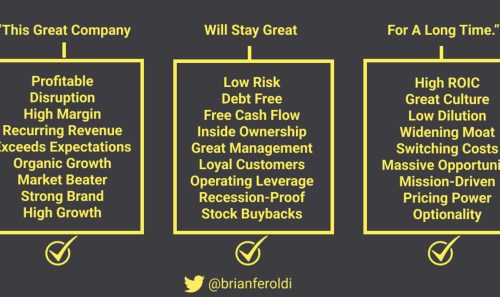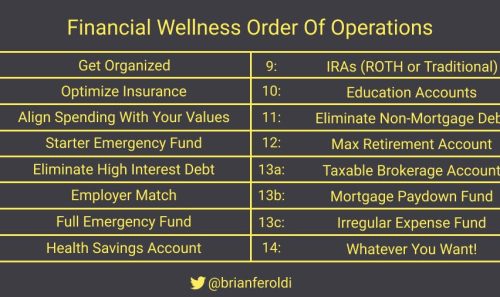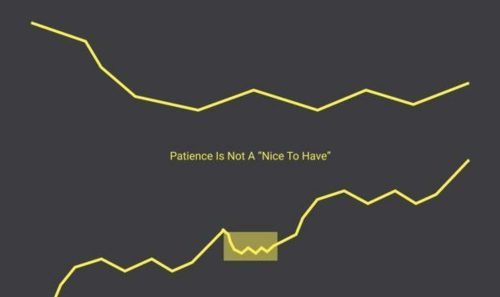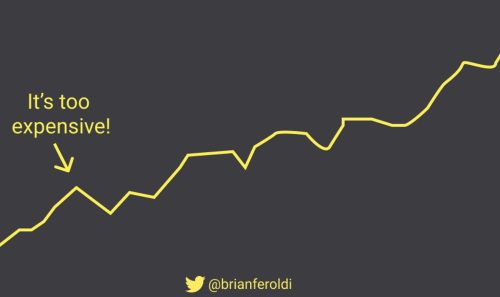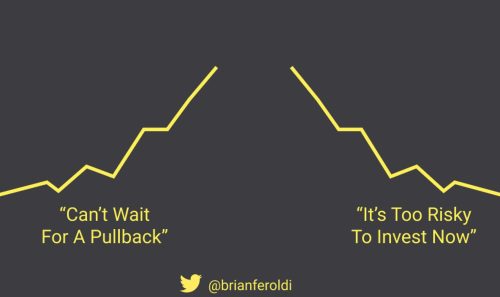🧠 The #1 Rule for Investing
|
View Online | Sign Up | Advertise Welcome to Long-Term Mindset, the Wednesday newsletter that helps you invest better. Today’s Issue Read Time: <3 minutes
Together with Pernas Research
Actionable Stock Research (For Free) Their result? From 2017 – 2023, they delivered a market-smashing gross annualized return of 26.5%, leaving the S&P 500’s 13.4% in the dust. For a limited time, you can get their top-notch insights delivered straight to your inbox, absolutely free!
Friends, There are lots of ways to succeed as an investor. Between 1965 and today, an investment in Warren Buffett’s Berkshire Hathaway has achieved 19.8% annual returns. He has done that primarily by focusing on valuation and economic moats. Between 1977 and 1990, an investment in Fidelity’s Magellan Fund — under the direction of Peter Lynch — jumped 29% per year. He accomplished that by focusing on the PEG Ratio — which combines valuation with growth potential. In 2007 Mark Spitznagel used ideas he had learned from his former business partner — Nassim Taleb — to start Universa Investments. The fund was formed with an odd goal: lose a small amount of money every day, but provide phenomenal returns when “Black Swans” hit. In March 2020 alone, the fund returned over 4,000%! The reasoning: the market misprices the significance of tail events — and while they are rare, they can be extremely profitable. At the entrance to Apollo’s temple at Delphi (Greece), there’s a dictum etched in stone: “γνῶθι σεαυτόν” — or, Know Thyself. While thousands of people are said to have visited the Oracle at Delphi for help with political decisions, military strategy, and religious queries, there’s a reason this was what was inscribed on the entrance: it covers all areas of life. The same can be said for investing. Consider: Nassim Taleb didn’t join Mark Spitznagel at Universa. It was because he knew it would be too painful to experience small losses every day, never knowing when that big payoff might come. He was fearful the stress of the business would cause a recurrence of cancer. Instead, he quit the business entirely and focused on something else: writing an anthology of books that have all become best-sellers. He knew himself well enough to know what would work for him. In the end, the strategy that will be most successful for you is the one you’re most likely to stick with. There’s no one-size-fits-all solution to this. Which means we can’t provide any ready-made answers. But it points you towards the important question: What kind of investing best suits you? Figure out the answer, and you’ve already done 50% of the hard work. – Brian Feroldi, Brian Stoffel, & Brian Withers P.S. Want to level up your valuation skills? Join us for a free webinar on April 11th at noon EDT. We’ll show you how super investors like Warren Buffett, Marc Andreesen, and Sam Zell value businesses. Click here to register instantly. One Simple Graphic:
One Piece of Timeless Content: Knowing yourself is an investing superpower. If you want to discover your inner investor, take this quiz to gain more insight into what makes you tick. You might be surprised at what you’ll find. One Thread:
One Resource: The Plain Bagel might just be our favorite finance channel on YouTube. Host Richard Coffin creates hype-free videos that cover a range of financial topics, from investing to economics, personal finance, and more. One Quote:
👋 LAST WORD How are we doing? We love hearing from readers and are always looking for feedback. How are we doing? Is there anything you’d like to see more of or less of? What aspects of this newsletter do you enjoy the most? Just hit reply and say hello – we’d love to hear from you! More From Us: 📗 If you’ve read Brian Feroldi’s book, he’d love a review. 👨🎓 The next cohort of our Valuation Explained Simply course starts in May! Click here for details. 🎬 Want a review of popular company earnings? Check out our YouTube channel! Earnings season starts next week; we can’t wait! |



